IN-DEPTH: Rebellion meets technology in the history of the Audemars Piguet Royal Oak Concept
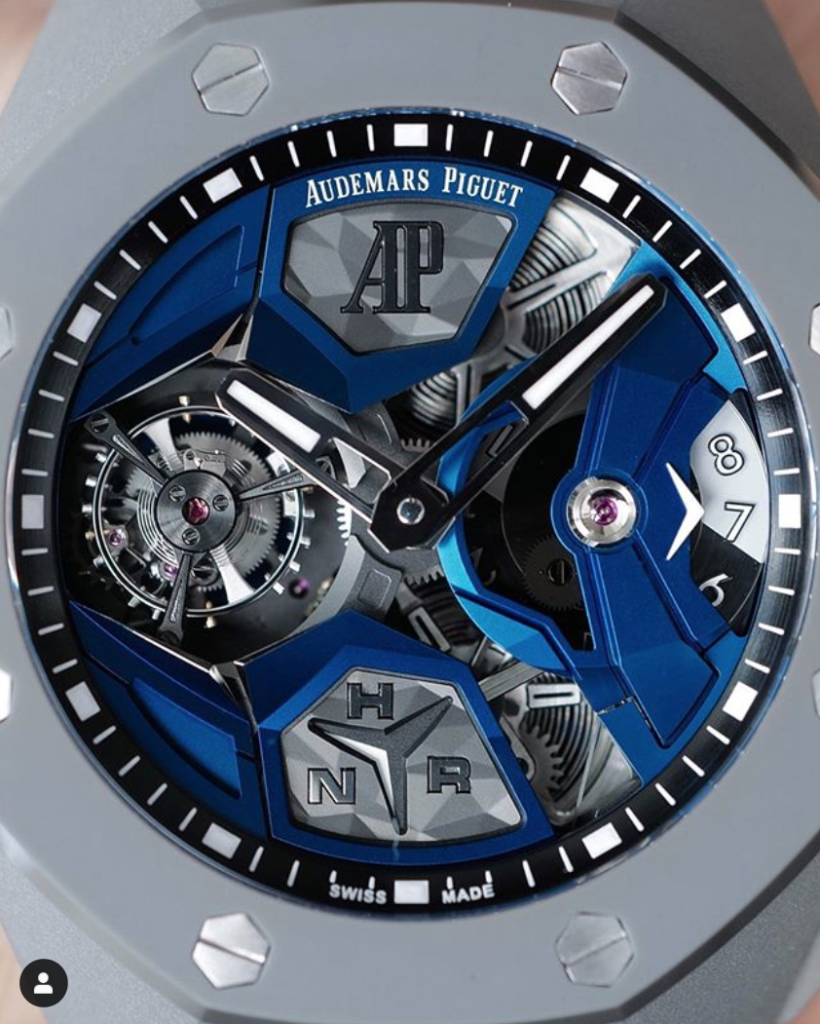 The word “concept” is something that is often associated with the world’s most enthralling works of art. A concept album can tell a very deliberate story, or explore a particular theme or idea in wondrous detail. A concept car is usually shown to represent the pinnacle of a designer’s imagination that’s invariably watered down should it make it into production. So when Audemars Piguet announced a concept watch in 2002, what was the world to think? Does it represent some bigger idea? Can I actually buy one? Why does it need to exist? Unpacking the Audemars Piguet Royal Oak Concept isn’t instantly intuitive, but it begins with rebellion, technology and ingenuity. If you’re unfamiliar with the story of the original Royal Oak introduction in 1972, here’s a quick debrief. Seiko unveil their quartz-powered Astron in 1969, shaking the foundations of the watch industry. As the masses flocked towards the technology for its affordable reliability, the Swiss traditionalists were brought to their knees. Many brands held on for dear life, some even releasing their own quartz offerings, but many more collapsed. Audemars Piguet realised that their struggles didn’t have to be the end, but an opportunity for reinvention. Enter designer Gérald…
The word “concept” is something that is often associated with the world’s most enthralling works of art. A concept album can tell a very deliberate story, or explore a particular theme or idea in wondrous detail. A concept car is usually shown to represent the pinnacle of a designer’s imagination that’s invariably watered down should it make it into production. So when Audemars Piguet announced a concept watch in 2002, what was the world to think? Does it represent some bigger idea? Can I actually buy one? Why does it need to exist? Unpacking the Audemars Piguet Royal Oak Concept isn’t instantly intuitive, but it begins with rebellion, technology and ingenuity. If you’re unfamiliar with the story of the original Royal Oak introduction in 1972, here’s a quick debrief. Seiko unveil their quartz-powered Astron in 1969, shaking the foundations of the watch industry. As the masses flocked towards the technology for its affordable reliability, the Swiss traditionalists were brought to their knees. Many brands held on for dear life, some even releasing their own quartz offerings, but many more collapsed. Audemars Piguet realised that their struggles didn’t have to be the end, but an opportunity for reinvention. Enter designer Gérald…
The post IN-DEPTH: Rebellion meets technology in the history of the Audemars Piguet Royal Oak Concept appeared first on Time and Tide Watches.
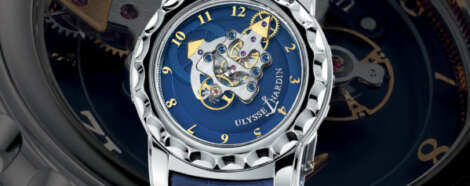
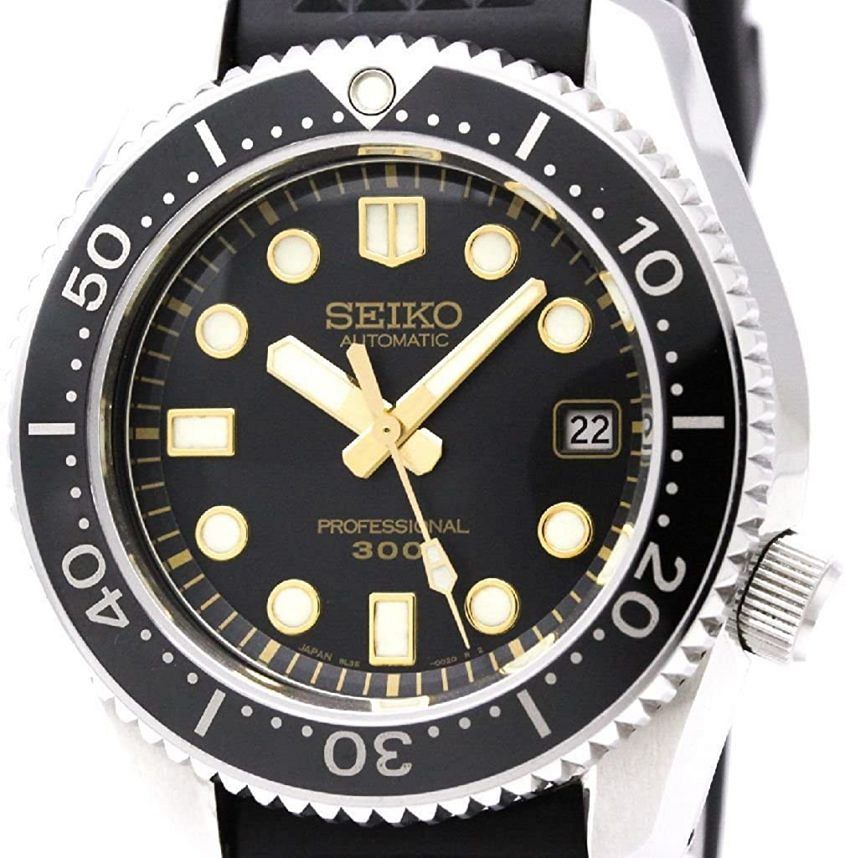 Now I wholeheartedly confess to being a die-hard Seiko fan with two of the dearest favourites in my watch box being my inky black delight – Grand Seiko SBGR053 – and my limited edition Baby Marinemaster. The latter one is pertinent to this article as one of the many “inspired by” 62MAS heritage reissues from Seiko over the last three years that we’ve been lapping up like we actually need wristworn timetelling in 2021. But recently we (well, all credit to our deputy ed. Nick Kenyon) found an article on Worn and Wound from 2017, that we recommend you check out. The premise is, and massive kudos to writer Zq Chia for unearthing this, that something happened 21 years ago, unbeknownst to even the most diehard Seikobois (and I count myself in their ranks after buying 10 Seikos). The article suggests that Seiko actually planted the seed to what we today see as a huge market and trend for heritage, nostalgia and reissues – long before the hype kicked in. This was all the way back in 2000 when Seiko revived seven delectable references that most of us have never heard of outside Japan. Here are the three best watches…
Now I wholeheartedly confess to being a die-hard Seiko fan with two of the dearest favourites in my watch box being my inky black delight – Grand Seiko SBGR053 – and my limited edition Baby Marinemaster. The latter one is pertinent to this article as one of the many “inspired by” 62MAS heritage reissues from Seiko over the last three years that we’ve been lapping up like we actually need wristworn timetelling in 2021. But recently we (well, all credit to our deputy ed. Nick Kenyon) found an article on Worn and Wound from 2017, that we recommend you check out. The premise is, and massive kudos to writer Zq Chia for unearthing this, that something happened 21 years ago, unbeknownst to even the most diehard Seikobois (and I count myself in their ranks after buying 10 Seikos). The article suggests that Seiko actually planted the seed to what we today see as a huge market and trend for heritage, nostalgia and reissues – long before the hype kicked in. This was all the way back in 2000 when Seiko revived seven delectable references that most of us have never heard of outside Japan. Here are the three best watches…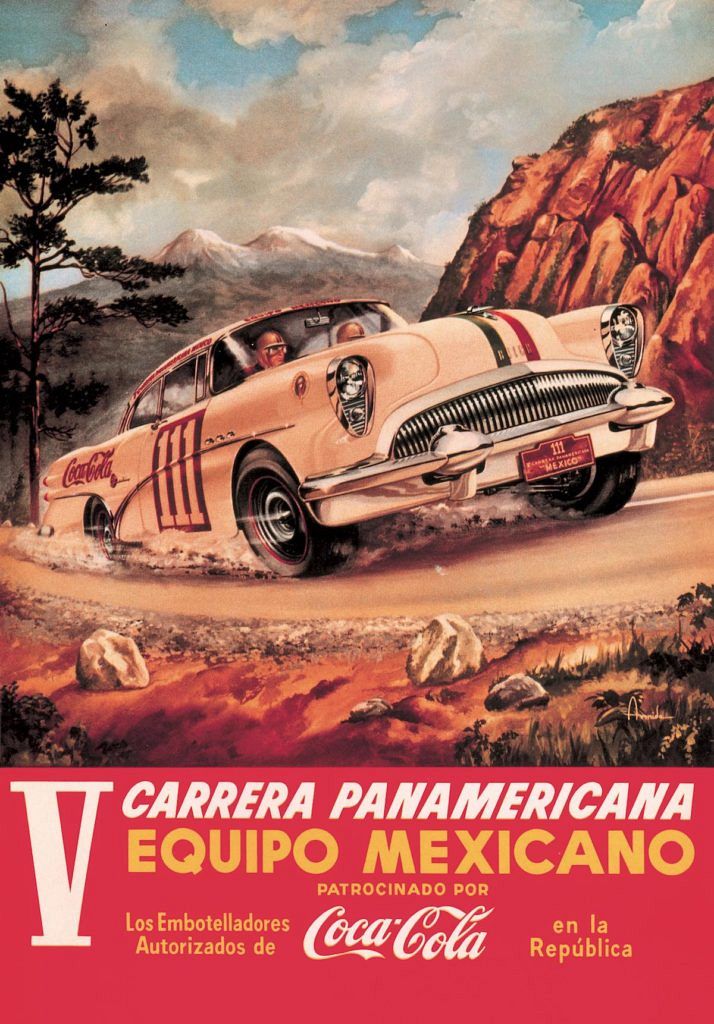 In 1963, two legends were born that would both go on to become icons within their respective fields: the Heuer Carrera and the Porsche 911. Finally, 58 years later, those two names have come together once again in the all new TAG Heuer Carrera Porsche Chronograph. More than anything, this new partnership is a celebration. A celebration of the shared history of these two famous products that have built on their strong foundational design to maintain huge appeal for nearly six decades. But where did the Heuer Carrera begin its individual story? Let’s take a look through the history of the watch’s illustrious life. 1963 – 1984 The Heuer Carrera chronograph was launched in 1963, but the real story begins even earlier in 1950 when the Carrera Panamericana car race first ran. Held for five consecutive years, this was an open road border-to-border race in Mexico covering more than 3500km with minimal safety precautions in place. By 1954, the race was attracting professional motorsports drivers, which was reflected in the final 356km stage of that year’s race being won at an average speed of 222kmph. With speeds this high, however, the Carrera Panamericana was deemed too dangerous to organise again…
In 1963, two legends were born that would both go on to become icons within their respective fields: the Heuer Carrera and the Porsche 911. Finally, 58 years later, those two names have come together once again in the all new TAG Heuer Carrera Porsche Chronograph. More than anything, this new partnership is a celebration. A celebration of the shared history of these two famous products that have built on their strong foundational design to maintain huge appeal for nearly six decades. But where did the Heuer Carrera begin its individual story? Let’s take a look through the history of the watch’s illustrious life. 1963 – 1984 The Heuer Carrera chronograph was launched in 1963, but the real story begins even earlier in 1950 when the Carrera Panamericana car race first ran. Held for five consecutive years, this was an open road border-to-border race in Mexico covering more than 3500km with minimal safety precautions in place. By 1954, the race was attracting professional motorsports drivers, which was reflected in the final 356km stage of that year’s race being won at an average speed of 222kmph. With speeds this high, however, the Carrera Panamericana was deemed too dangerous to organise again…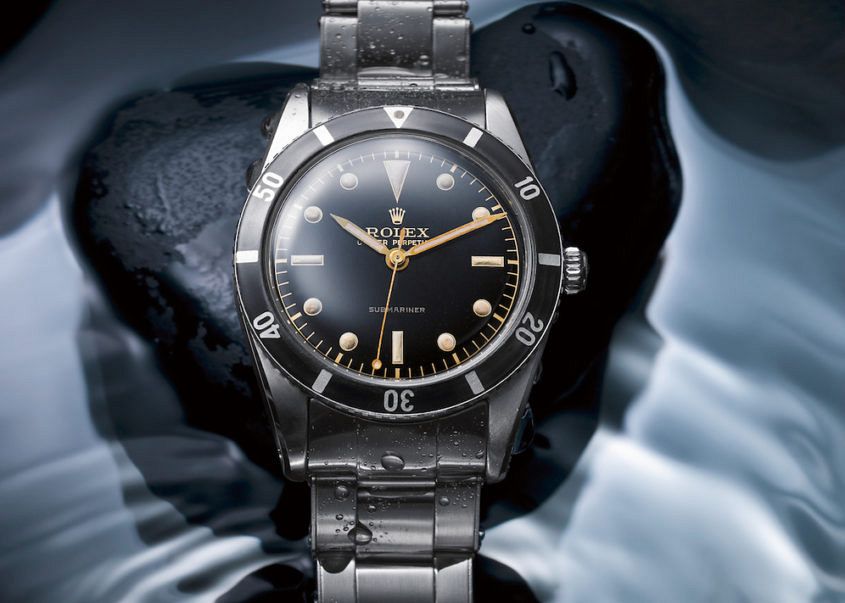 There’s a strong argument that the Blancpain Fifty Fathoms was the first real diver’s watch of its kind… and that’s because it was. It’s also true that the Rolex Submariner, which was also released in 1953, but after the Fathoms, did borrow some stylistic cues from the Blancpain. However, if any one watchmaker can claim to be the true king of waterproof watches, it’s the one owned by the Hans Wilsdorf Foundation. To understand the genesis of the Rolex dive watch history, we must wind the clock all the way back to 1926, when Rolex first patented and launched the prodigious “Oyster Case”. This was the first truly waterproof watch, thanks to its screw-down caseback and, more importantly, screw-down crown. Rolex held the patent for this new feat of engineering and it meant that even almost 30 years later, watches like the Blancpain Fifty Fathoms couldn’t use a screw-down crown and were compromised as a result. Hans Wilsdorf, co-founder of Rolex and marketing genius, further demonstrated the Oyster Case’s waterproofed credentials a year after its unveiling, when he gave one of his Oyster watches to Mercedes Gleitze, a British swimmer who attempted to swim across the English Channel. Gleitze did…
There’s a strong argument that the Blancpain Fifty Fathoms was the first real diver’s watch of its kind… and that’s because it was. It’s also true that the Rolex Submariner, which was also released in 1953, but after the Fathoms, did borrow some stylistic cues from the Blancpain. However, if any one watchmaker can claim to be the true king of waterproof watches, it’s the one owned by the Hans Wilsdorf Foundation. To understand the genesis of the Rolex dive watch history, we must wind the clock all the way back to 1926, when Rolex first patented and launched the prodigious “Oyster Case”. This was the first truly waterproof watch, thanks to its screw-down caseback and, more importantly, screw-down crown. Rolex held the patent for this new feat of engineering and it meant that even almost 30 years later, watches like the Blancpain Fifty Fathoms couldn’t use a screw-down crown and were compromised as a result. Hans Wilsdorf, co-founder of Rolex and marketing genius, further demonstrated the Oyster Case’s waterproofed credentials a year after its unveiling, when he gave one of his Oyster watches to Mercedes Gleitze, a British swimmer who attempted to swim across the English Channel. Gleitze did…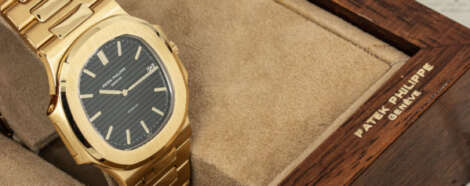
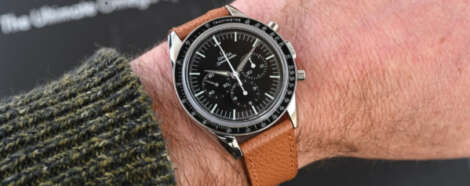
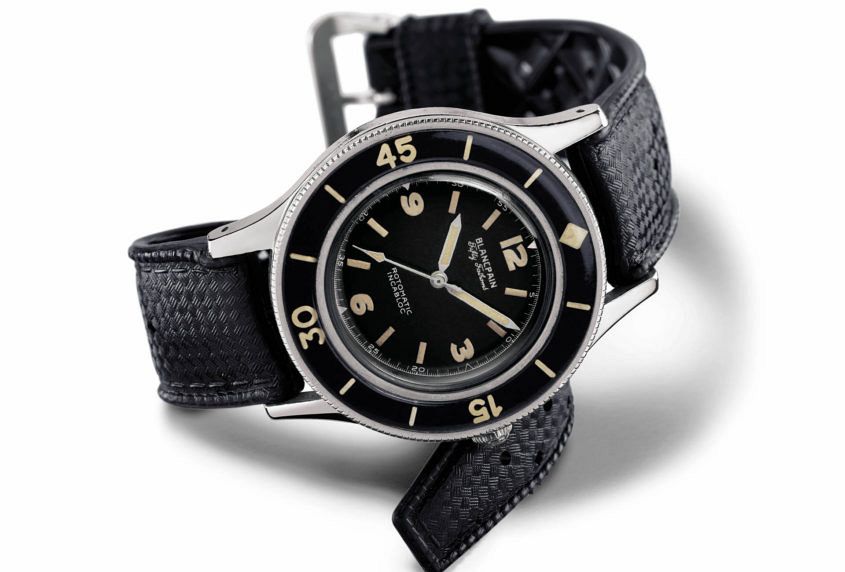 Many, many people out there view the ubiquitous Rolex Submariner as the forefather of all amphibious timepieces. And they’re dead wrong. In fact, the first truly fit-for-purpose dive watch was made by one of the oldest Swiss watchmakers in the game – Blancpain. The story of the world’s first dive watch is an interesting one, and it all started with a man nicknamed “The French James Bond”. Captain Robert “Bob” Maloubier was a French national who, at the beginning of 1940, enlisted in Winston Churchill’s secretive Special Operations Executive. SOE was an organisation that focused on espionage and unorthodox combat tactics in occupied Europe during the Second World War. Maloubier would become one of the firm’s foremost spies and, after parachuting into occupied France, he was responsible for spying on and sabotaging the Nazi war machine as well as supporting the French Resistance. At the close of WW2, Maloubier would enlist in the Marine Nationale (French Navy), and it was during his time at “Le Royale” that he and fellow compatriot, Lieutenant Claude Riffaud, would establish the French military’s combat diving corps, more commonly known as the “French Frogmen”. In the course of their training and clandestine missions, it became…
Many, many people out there view the ubiquitous Rolex Submariner as the forefather of all amphibious timepieces. And they’re dead wrong. In fact, the first truly fit-for-purpose dive watch was made by one of the oldest Swiss watchmakers in the game – Blancpain. The story of the world’s first dive watch is an interesting one, and it all started with a man nicknamed “The French James Bond”. Captain Robert “Bob” Maloubier was a French national who, at the beginning of 1940, enlisted in Winston Churchill’s secretive Special Operations Executive. SOE was an organisation that focused on espionage and unorthodox combat tactics in occupied Europe during the Second World War. Maloubier would become one of the firm’s foremost spies and, after parachuting into occupied France, he was responsible for spying on and sabotaging the Nazi war machine as well as supporting the French Resistance. At the close of WW2, Maloubier would enlist in the Marine Nationale (French Navy), and it was during his time at “Le Royale” that he and fellow compatriot, Lieutenant Claude Riffaud, would establish the French military’s combat diving corps, more commonly known as the “French Frogmen”. In the course of their training and clandestine missions, it became…
